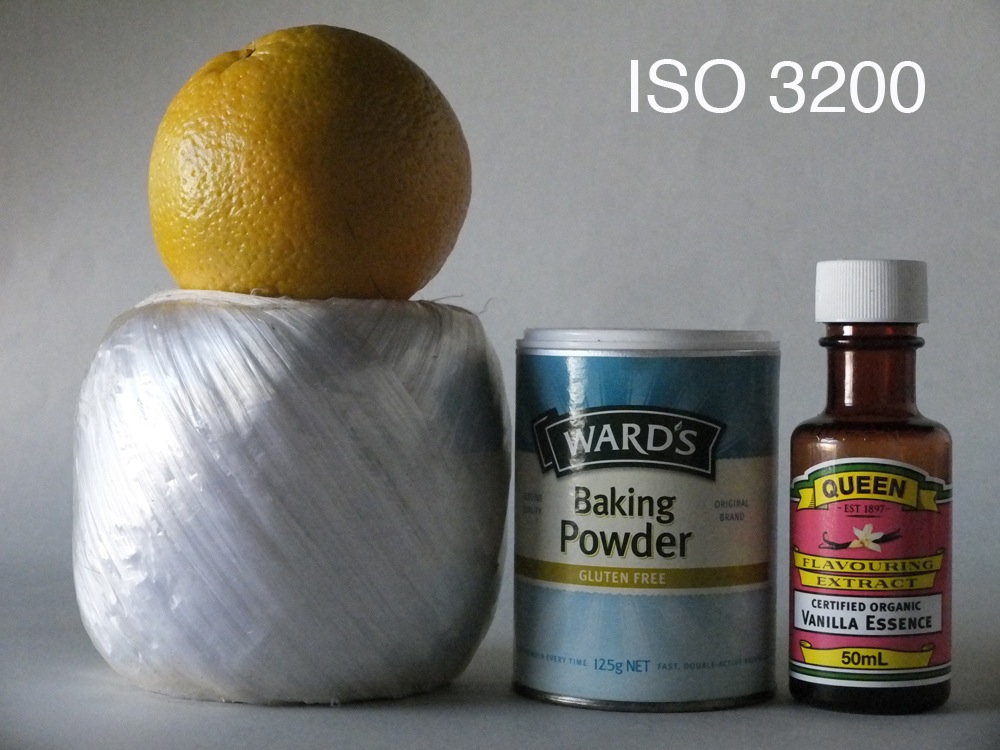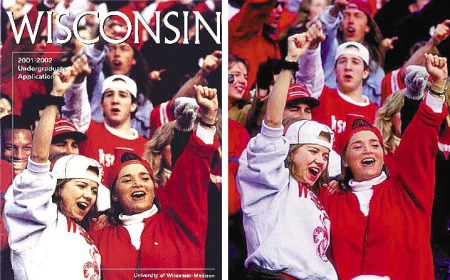2. I feel like I was thinking about having the photos in focus most of the time. I did this by checking the screen every time after I took a photo.
3. If I could do this assignment again, I would really focus on having simplicity. The classrooms can have very busy backgrounds and it really distracts from the photo.
4. I think I would still use rule of thirds.
5. When I go out with the next set of prompts, I think the easiest rule to achieve will be rule of thirds.
6. I think the hardest rule to capture will be framing.
7. I'm still not totally clear on balance. To figure out what the rule is, I think I could look up some more pictures of balance to get a better idea.
I like how some of the photos use selective focus, it helps to make the subject clearer. I also like how he got close so you know what the subject is.
I think he could improve the subjects of his photos to make them more interesting. For example, the lines and balance photos.






























